Researchers in Brazil have found that the fungus Rhinocladiella similis, known for its resistance to extreme conditions, has survived an experiment simulating a Martian environment. Even at the maximum dose of ultraviolet radiation (0.4 kJ/m²) and high concentrations of magnesium perchlorate (750 mmol/l) - a key component of Martian soil - 80% of the fungal cells remain viable. In comparison, for another organism studied - Exophiala sp., the survival rate in the same conditions drops to 50%.
Under the influence of salts and UV radiation, R. similis changes its form: instead of the usual filamentous structures (hyphae), it begins to reproduce through separate yeast-like cells. This helps it conserve resources in a stressful environment. In addition, the fungus intensively produces melanin - a dark pigment that protects cells from damage caused by ultraviolet radiation and chemicals. As a result, the environment in which the fungus grows becomes almost black.
Scientists analyze the proteins of R. similis and find that in extreme conditions, it completely restructures its metabolism. The activity of energy systems decreases by 60%. Instead, the fungus increases the production of the enzyme laccase, associated with melanin synthesis, by 2.3 times and activates proteins that neutralize toxins and stabilize the structure of other proteins. This means that the organism switches to a survival mode and generates energy through fermentation rather than respiration, directing its efforts to protect against toxic compounds.
Using mass spectrometry, scientists discover unique molecules that the fungus produces in response to stress. These include L-phenylalanyl-L-proline, 5-oxopyrrolidine-2-carbonyl-L-isoleucine, decanoylarganine, and peptides that likely bind to the excess magnesium in the soil. These substances can serve as "clues" for future missions to Mars - if found in soil samples, they may indicate the presence of life adapted to such harsh conditions.
The study also shows that the use of magnesium perchlorate (instead of sodium) is essential for the accuracy of the experiments, as magnesium salts predominate in the actual Martian soil.
The discovery is important for both space research and Earth technologies. For the search for life on Mars, it shows that high salinity and UV radiation are not an absolute barrier - therefore, attention should be paid to the dark areas of the soil where protective melanin may accumulate. For Earth, the mechanisms used by the fungus to neutralize toxins can be applied in bioremediation, for example, to purify saline agricultural lands or industrial wastewater contaminated with heavy metals.
You may also like
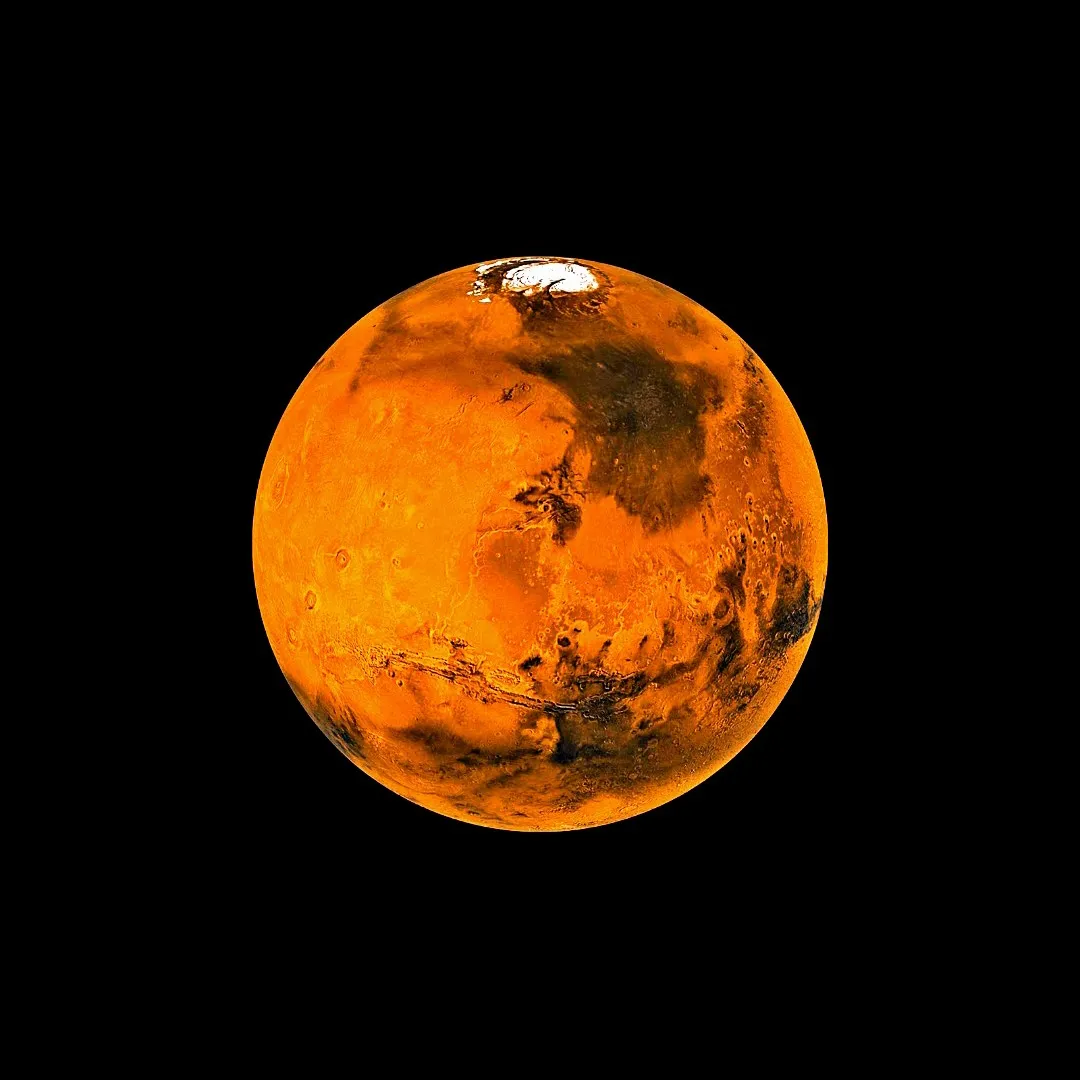 Mars: Scientists Reveal Ideal Terrain for Human Settlement
Mars: Scientists Reveal Ideal Terrain for Human Settlement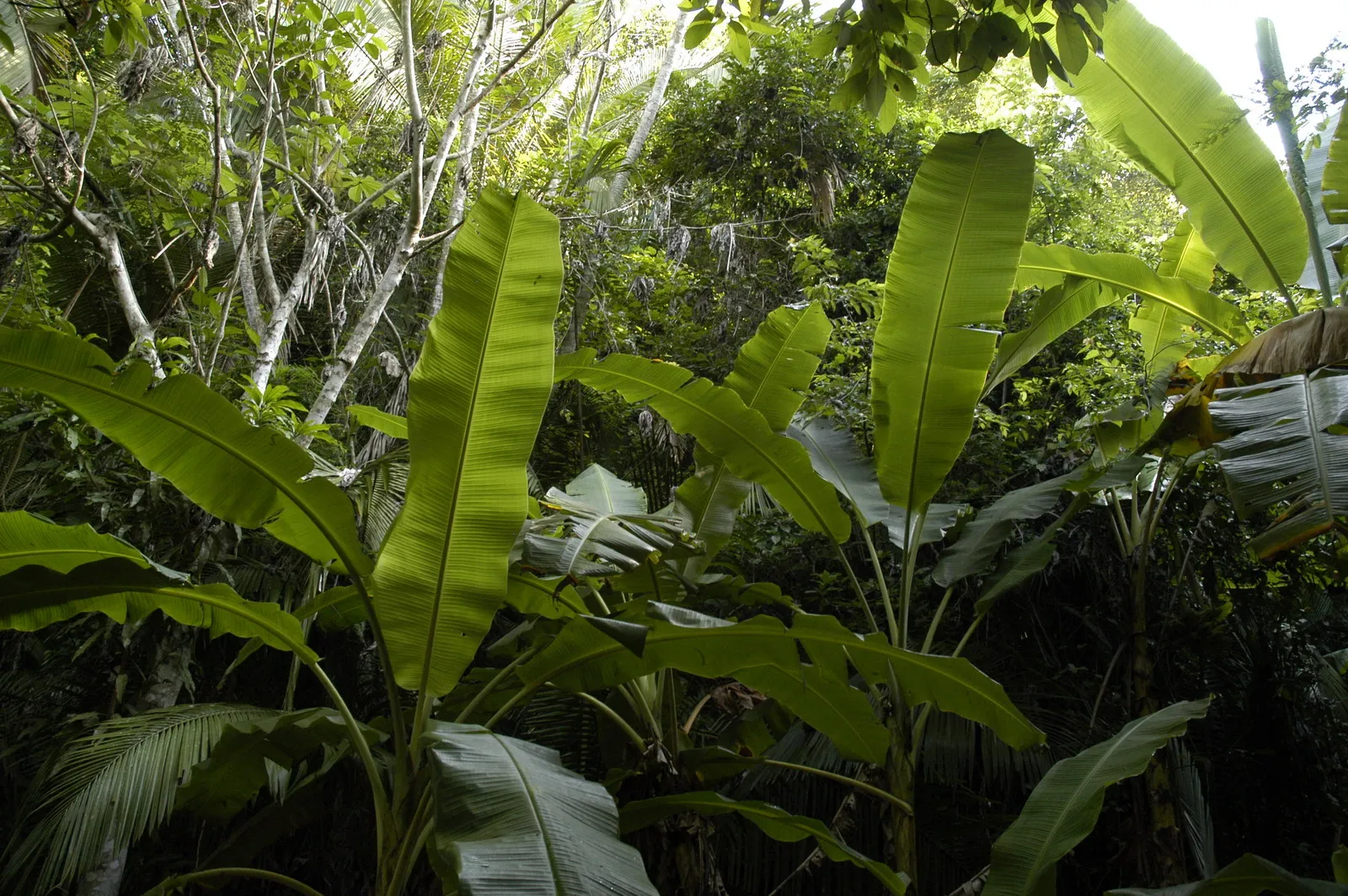 Expedition to the Wild Amazon: Bulgarian Travelers Reveal Unknown Worlds
Expedition to the Wild Amazon: Bulgarian Travelers Reveal Unknown Worlds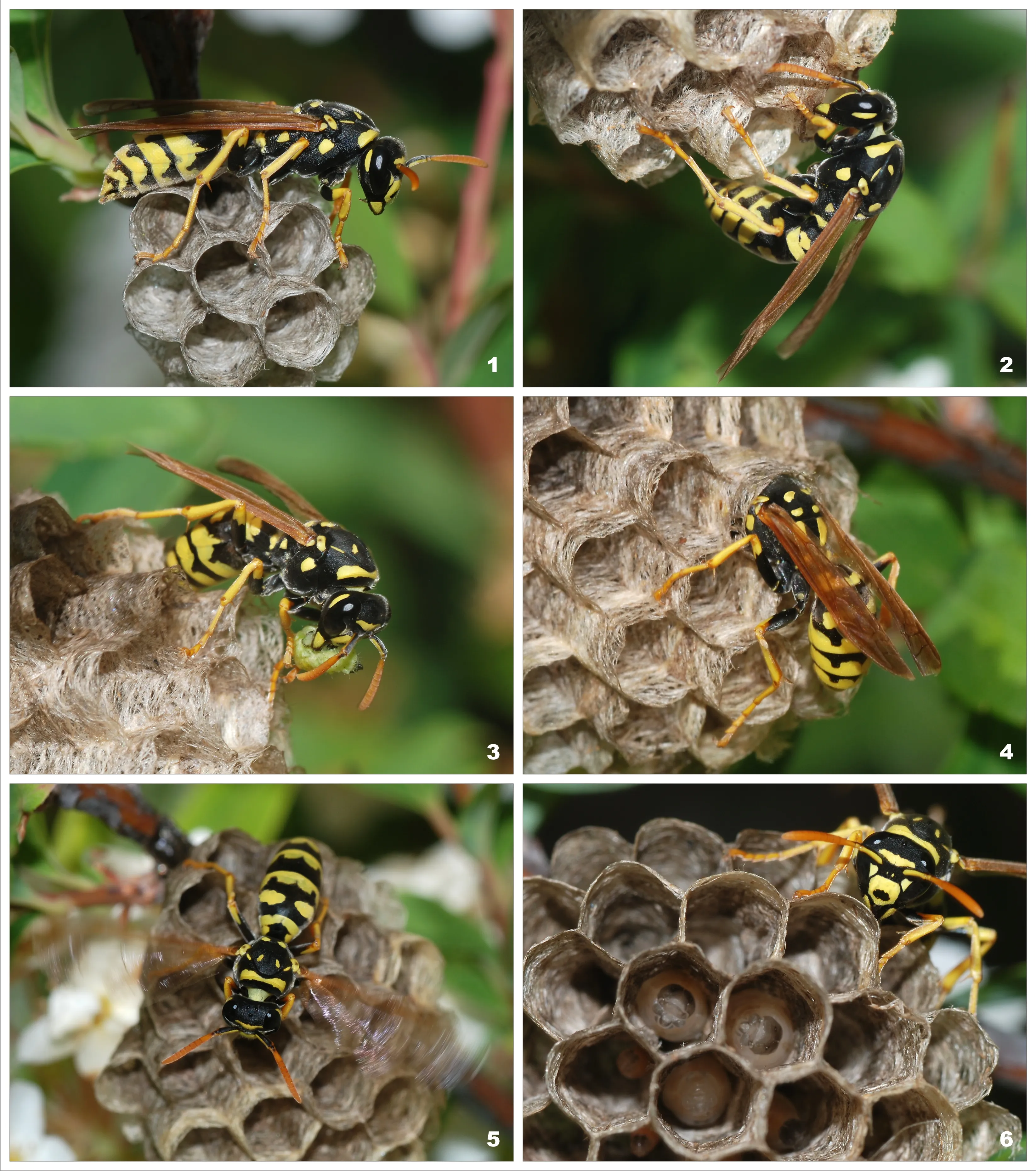 Revolutionary scientific discovery: Students reveal a new parasitoid wasp species in Australia
Revolutionary scientific discovery: Students reveal a new parasitoid wasp species in Australia Bulgarian Laboratories with Innovative Radiological Tests for Food Safety
Bulgarian Laboratories with Innovative Radiological Tests for Food Safety
The next steps for the scientists include studying changes in the fungus's gene activity (transcriptomics) and checking whether the discovered biomarkers are preserved in fossilized remains. This will help to more precisely calibrate the equipment for the search for life in space.

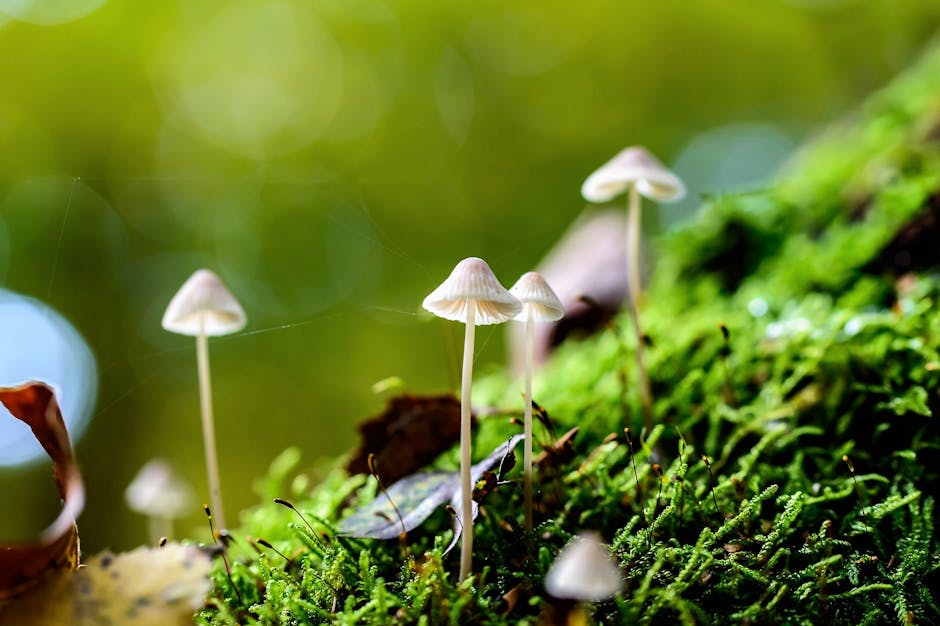
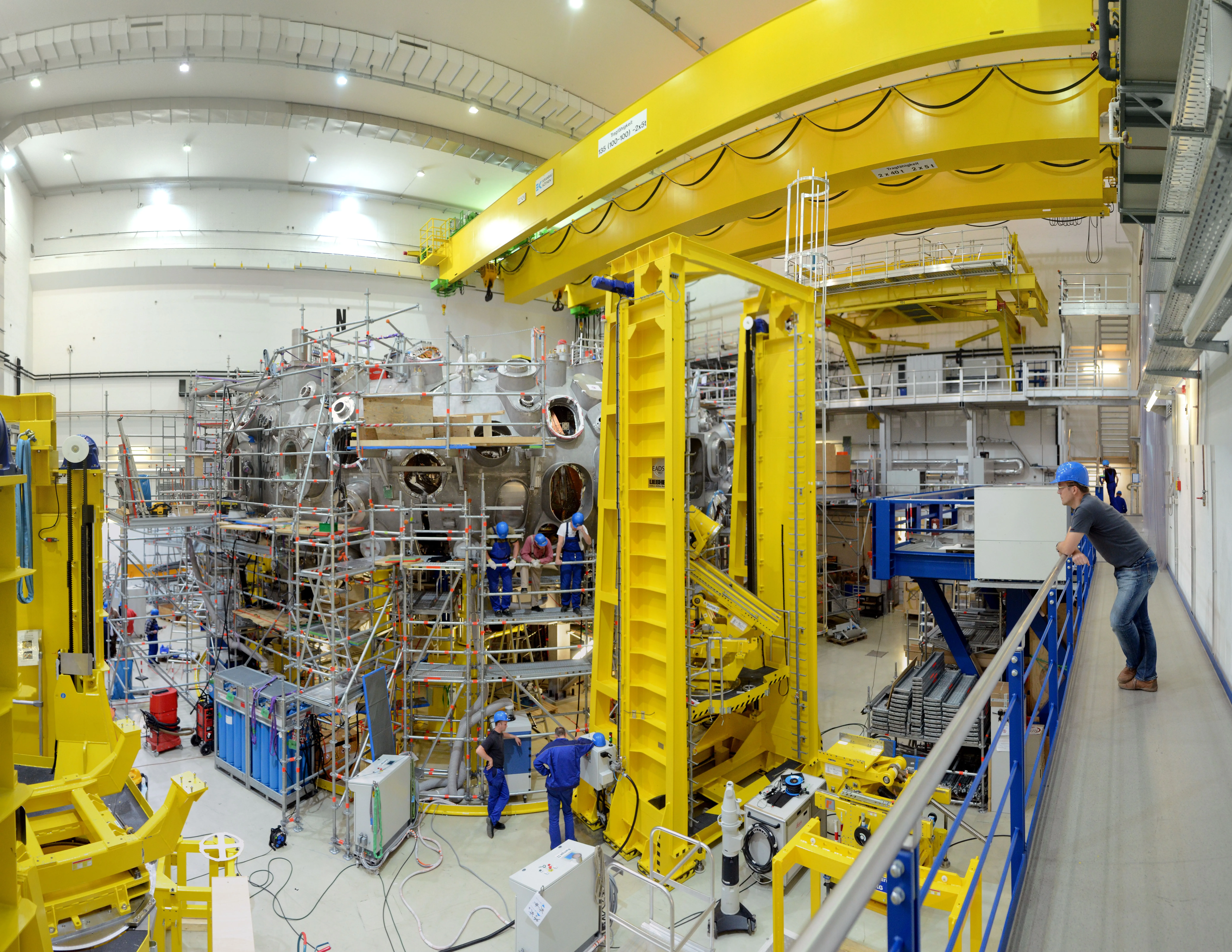

Коментари (0)
Все още няма коментари.